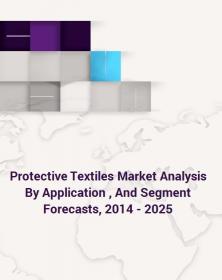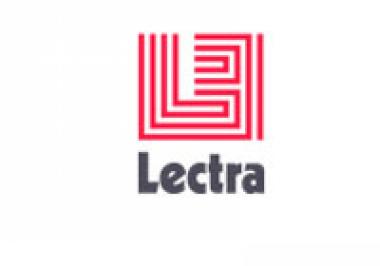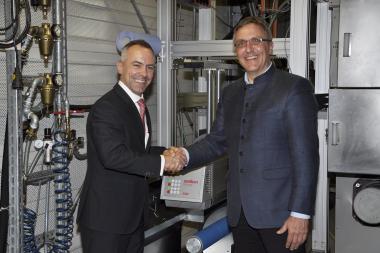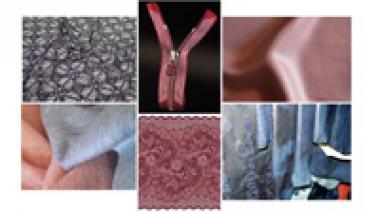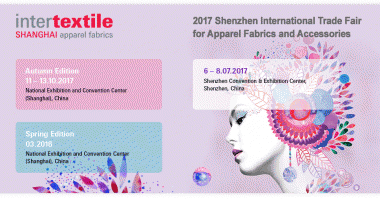Protective Textiles Market Analysis to 2025
The global protective textiles market is expected to reach USD 7.78 billion by 2025, according to this new report. The market is expected to witness growth at 3.4% CAGR owing to increasing industrial fatalities in developing economies owing to the lack of protective gear coupled with growing awareness of worker's health and safety are expected to drive the market growth.
The increasing importance of raw materials that offer features such as lightweight, comfort, higher heat resistance, and wear & tear resistance for workwear has been a significant incentive for companies to conduct R&D activities extensively. The initiatives are mainly intended at attaining multi-functionality of workwear fabrics and rise its application scope. Improving product designs and specifications are expected to provide market participants with immense opportunities over the forecast period.
Ballistic protective apparel is estimated to witness the highest penetration and growth over the projected period, owing to the increasing use of high performance protective textiles in the military sector. Defense sector holds the largest market segment in the global ballistic fabrics industry and is anticipated to have remarkable growth over the next few years driven by rising concerns over national security and escalating geopolitical unrests.
Further key findings from the report suggest:
- The heat and flame-resistant garments application segment was worth USD 1.21 billion in 2016 and is estimated to grow at a CAGR of around 3%, owing to rising demand in end-use industries such as oil & gas, refineries, iron & steel plants, and aluminum plants
- Mechanical protective clothing in the U.S. accounted for over 17% of the total revenue in 2016
- Chemical defending garments segment is anticipated to grow at a CAGR of 3.5% from 2017 to 2025
- Electrical protection apparel is estimated to reach USD 637.1 million by 2025 and is projected to witness moderate growth over the next few years
- In the application of surgical garments, the protective textiles play a significant role in the absorption of excessive heat during surgical procedures from the body, which is estimated to raise the product demand for health care sector
- The market in North America is expected to grow at a CAGR of over 3.5% over the next decade to reach a net worth exceeding USD 2.30 million by 2025
- Asia Pacific is projected to witness the maximum growth over the next nine years. The region accounted for 19.1% of the total revenue in 2016
- Key players such as DuPont, W.L. Gore & Associates Inc., Royal Ten Cate NV, and Schoeller Textil AG dominated the global protective textile market over the past few years
Companies Mentioned:
- W. L. Gore & Associates, Inc.
- DuPont
- Royal Ten Cate NV
- DyStar Group
- Kusumgar Corporates
- Madhuram Fabrics Pvt. Ltd.
- Schoeller Textil AG
- PBI Performance Products, Inc.
- Teijin Limited
- Marina Textil S.L.
- ARGAR S.r.l
For more information please click on: https://www.researchandmarkets.com/publication/mqpxufx/4375403
Research and Markets, Guinness Centre, Taylors Lane, Dublin


